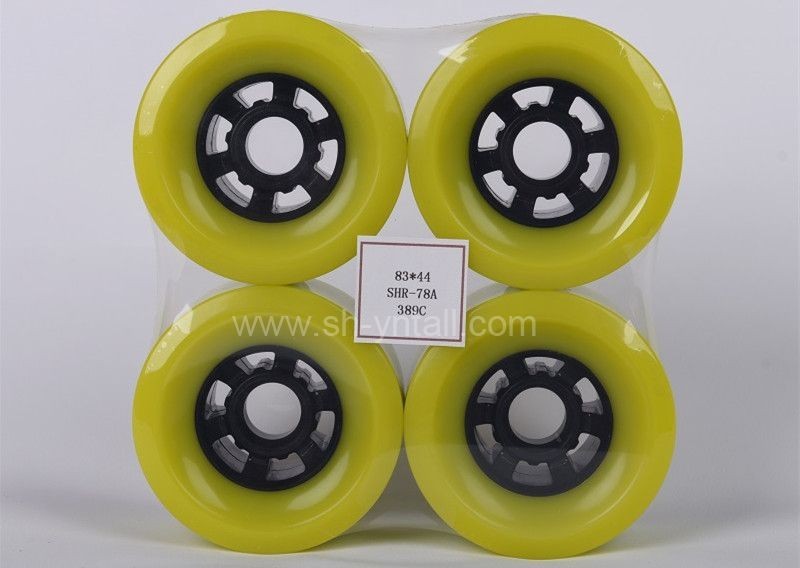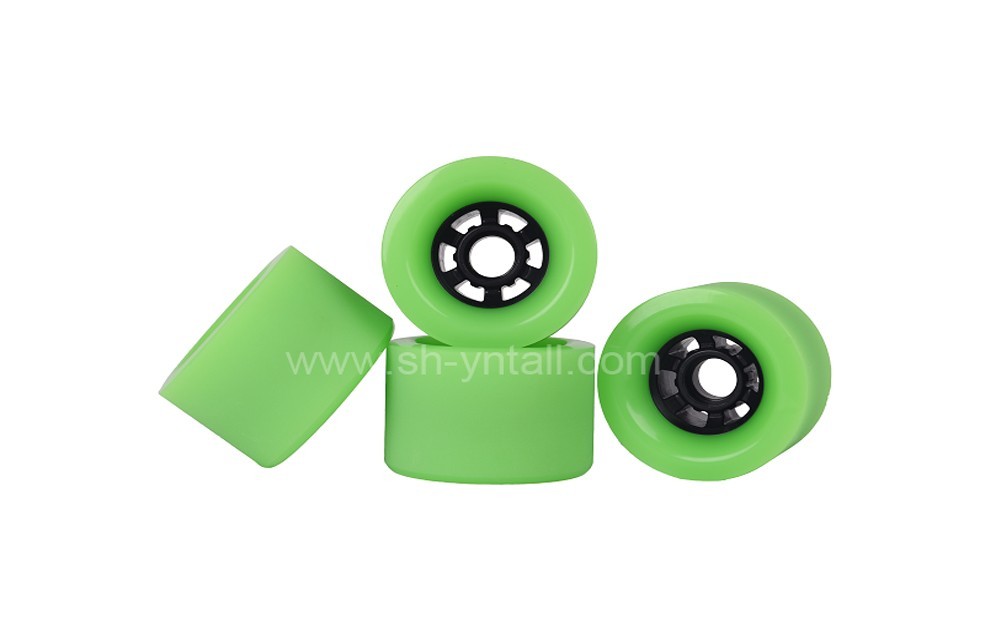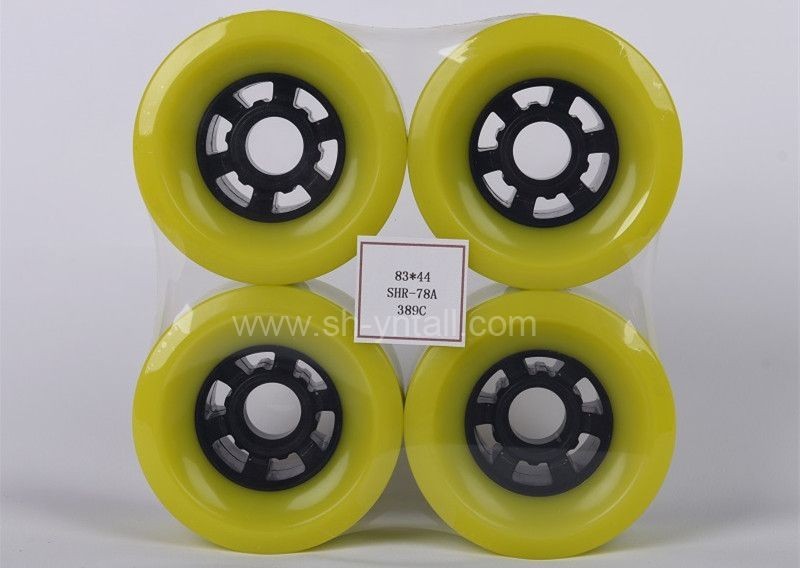
Skateboard Wheels
Jul. 06, 2021
Skateboard Wheels
Skateboard Wheels Suppliers will share this article with you.
Similar to skateboard decks, skateboard wheels have evolved a lot since the birth of skateboarding. The first skateboard wheels were made of steel, and then made of clay, and they were unpredictable and hard to ride at best.
The first polyurethane skateboard wheels appeared in the 1970s and changed skateboarding forever. Polyurethane wheels are not only many times longer than the original steel wheels and clay wheels, but also due to the grip and rebound ability of polyurethane, skaters can now turn without slipping and roll on rough roads without feeling the rough vibrations of the road.
Polyurethane brought skateboarding out of the early Middle Ages and helped it transform from a simple hobby to a lifestyle accepted by millions. Now, nearly 50 years have passed, and almost every skateboard wheel produced is cast with urethane.
Unlike skaters in the early 1970s, when it comes to high-quality polyurethane skateboard wheels, we have a large number of options. The two most important variables of a skateboard wheel are size and hardness (also called "Duro").
Wheel size
The size or diameter of your skateboard wheels will significantly affect the performance of your skateboard. A wheel with a large diameter will run faster than a wheel with a smaller diameter and will be heavier. A large wheel will also keep you and your deck higher than a small wheel. Smaller wheels will be lighter, allowing you to get closer to the ground and easier to maneuver.
Technical street skaters will prefer smaller wheels because the weight of the small wheels makes it easier for street skaters to perform flip tricks. Transitional skaters will usually choose something bigger, which will carry more speed.
Wheel durometer
The hardness or durometer of a skateboard wheel determines how much grip the wheel has and how much impact it can absorb. To break it, a softer wheel will compress when pressure is applied, giving it more grip and allowing it to absorb more shocks. A harder wheel is hardly squeezed under pressure, so the grip is less and the shock absorption is weaker. Soft wheels will create a very smooth ride, but hard wheels are the preferred reaction of the most street and transition skaters.
Riding a hard wheel will make you feel everything you are rolling. This awareness will be beneficial when you are walking through rolling transitions in parks, or negotiating concrete and asphalt collages in the urban jungle. The hard wheels will also directly respond to your movement.
Skateboard Wheel
The softer wheels are ideal for driving at high speeds and bombing hills. They absorb a lot of impact from the road, creating a super smooth ride.
Soft wheels are generally not suitable for street skating or transition skating because their grip makes them stick to obstacles instead of rubbing or sliding over them.
The most commonly used measurement method for wheel hardness testers is the "A" scale, which is the same scale used to determine the hardness of the bushing. A scale is a numerical ranking system followed by the letter "A". The higher the number, the higher the durometer, and the harder the wheel. For example, 101A will be a very hard skate wheel, while 75A will be very soft. You can usually see the durometer listed in this way on a skateboard wheel, as well as the size of the wheels. Almost all streets and transition wheels are harder than 98A.


















